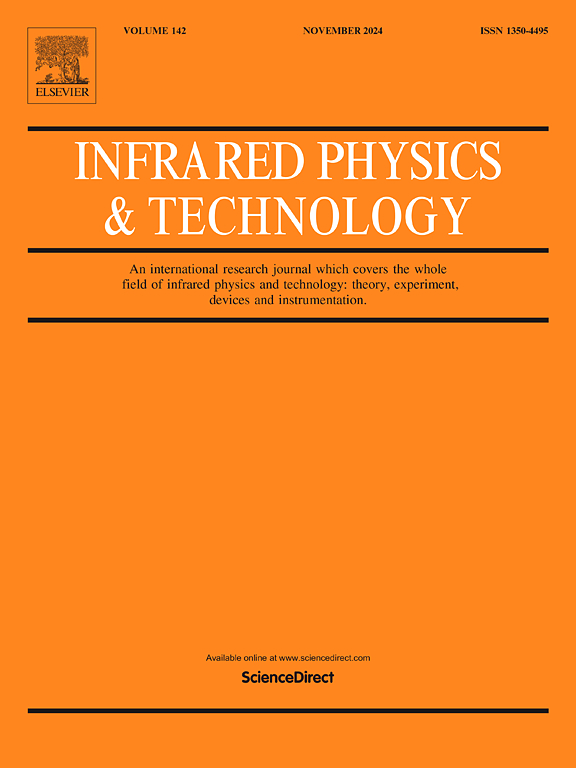Enhanced surface adhesion and LWIR paint effect on the low vacuum radio-frequency argon plasma (LVRFAP) treated composite laminates for aerospace applications
IF 3.1
3区 物理与天体物理
Q2 INSTRUMENTS & INSTRUMENTATION
引用次数: 0
Abstract
The aim of this study is to investigate the effect of low vacuum radio frequency argon plasma treatment on paint coatings of composite materials and derivative materials used in the aviation industry, and to examine the morphological structure of composite materials after plasma application to the surface, especially to determine their suitability for paint adhesion. Therefore, the atomic interactions on plasma treated surfaces are studied through various analysis and test methods such as atomic force microscopy (AFM), scratch test and contact angle measurement. The motivation of this paper is to present the emissivity changes of plasma treated five harness satin weave carbon fiber reinforced polyphenylene sulfide (PPS) matrix composite material after the application of long wave infrared (LWIR) paint coating. Intense temperature changes can cause undesirable effects in many materials. Increased temperature can cause expansion of these material. When low vacuum radio-frequency argon plasma (LVRFAP) is applied to the composite laminates, their mechanical properties doesn't change. In also, thermoset and thermoplastic materials used in the study have similar mechanical property. The results of the study show that plasma application to composites is a simple, fast and reliable solution to change the adhesion properties of paint to composite materials and a very useful technology to improve the surface properties. Thermal images photos of LWIR-painted untreated, and LWIR-painted plasma treated sample indicate that their emissivity measurements are close to each other, but in plasma treated samples, emissivity values were decreased to a lower value.
求助全文
约1分钟内获得全文
求助全文
来源期刊
CiteScore
5.70
自引率
12.10%
发文量
400
审稿时长
67 days
期刊介绍:
The Journal covers the entire field of infrared physics and technology: theory, experiment, application, devices and instrumentation. Infrared'' is defined as covering the near, mid and far infrared (terahertz) regions from 0.75um (750nm) to 1mm (300GHz.) Submissions in the 300GHz to 100GHz region may be accepted at the editors discretion if their content is relevant to shorter wavelengths. Submissions must be primarily concerned with and directly relevant to this spectral region.
Its core topics can be summarized as the generation, propagation and detection, of infrared radiation; the associated optics, materials and devices; and its use in all fields of science, industry, engineering and medicine.
Infrared techniques occur in many different fields, notably spectroscopy and interferometry; material characterization and processing; atmospheric physics, astronomy and space research. Scientific aspects include lasers, quantum optics, quantum electronics, image processing and semiconductor physics. Some important applications are medical diagnostics and treatment, industrial inspection and environmental monitoring.

 求助内容:
求助内容: 应助结果提醒方式:
应助结果提醒方式:


